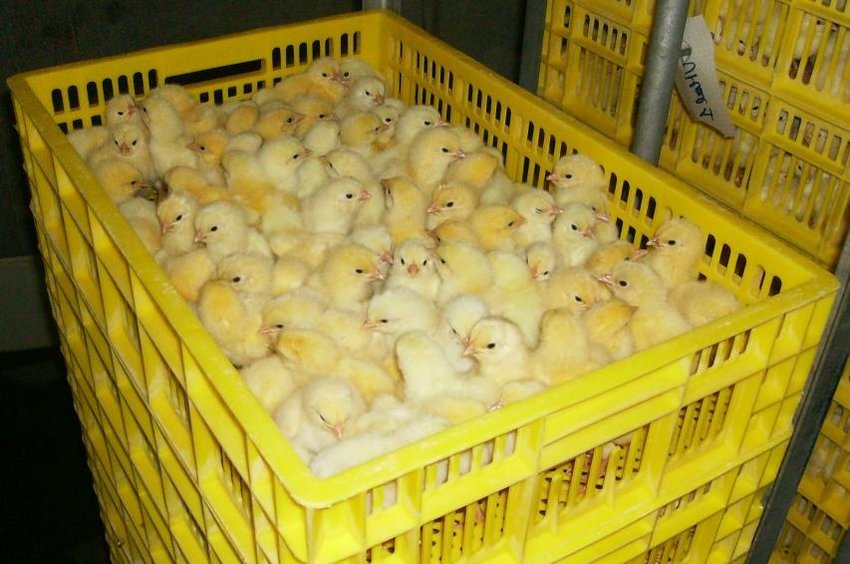Smallholder farmers dominate broiler production
SMALLholder poultry farmers continue to dominate broiler production in the country, accounting for 73 percent of total broiler meat produced last year.
According to the Second Round of Crop and Livestock Assessment Report 2020/2021, the smallholder farming community has become a key pillar of poultry production.
Despite day-old chick production dropping to 71,4 million from 73,4 million in 2019, small-scale producers are proving to be resilient.
“Small-scale broiler production continued to dominate production accounting for 73 percent of the total broiler meat produced,” said the report.
“Overall day-old chick production decreased by 2,5 percent from 73,4 million in 2019 to 71,4 million in 2020.
“Broiler meat production decreased by two percent from 114 300 tonnes in 2019 to 111 600 tonnes in 2020.”
Depressed poultry production during the period under review was largely attributable to the adverse effects of the Covid-19 pandemic.
This saw prices of day-old chicks increasing by 50 percent from an average of US$38 per 100 chicks in 2019 to an average of US$57 per 100 chicks last year.
“The Covid-19 movement and curfew restrictions resulted in low uptake of day-old chicks and restricted marketing of finished broilers and eggs,” says the report.
A total of 670 084 chicks were slaughtered last year compared to 91 079 chicks in 2019 and this was mainly attributed to the Covid-19 pandemic restrictions.
During the period under review, the report also stated that there was a 14 percent decline in local layer day-old chick production. A total of 2,6 million chicks were produced in 2020 compared to 3,1 million chicks produced in 2019.
“Point of lay pullet production decreased by 29 percent from 96 000 in 2019 to 69 000 in 2020. Table egg production continues to increase reaching a new high of 59,3 million dozen in 2020, surpassing 2019 production by 18 percent (50,4 million dozen) and was seven percent higher than the previous record of 55,3 million achieved in 2016,” reads the report.
Small-scale table eggs production accounted for about 59 percent of the total table egg production. Meanwhile, the Department of Veterinary Services has advised poultry farmers to tighten bio-security and maintain proper disinfection to curb any potential spread of avian influenza into Zimbabwe.
The call follows confirmation of an outbreak of high pathogenic avian influenza (HPAI) on a commercial chicken layer farm in Ekurhuleni, Gauteng in South Africa, where about 300 birds have been reported to have died.
The farm was immediately placed under quarantine and affected birds were destroyed and the farm was disinfected while monitoring and investigations of the extent of the outbreak are underway.
The same farm experienced an outbreak of avian influenza in 2017. Avian influenza is a highly contagious viral disease affecting several species of food-producing birds such as chickens, turkeys, quails and guinea fowl, pet and wild birds.
The Government through the Department of Veterinary Services has put in place tight measures to curb any potential outbreak locally and urged farmers to also play their role. It is feared that the highest possible risk of introduction into Zimbabwe will be from migratory birds and illegal trade of live poultry products. — chronciel.zw










